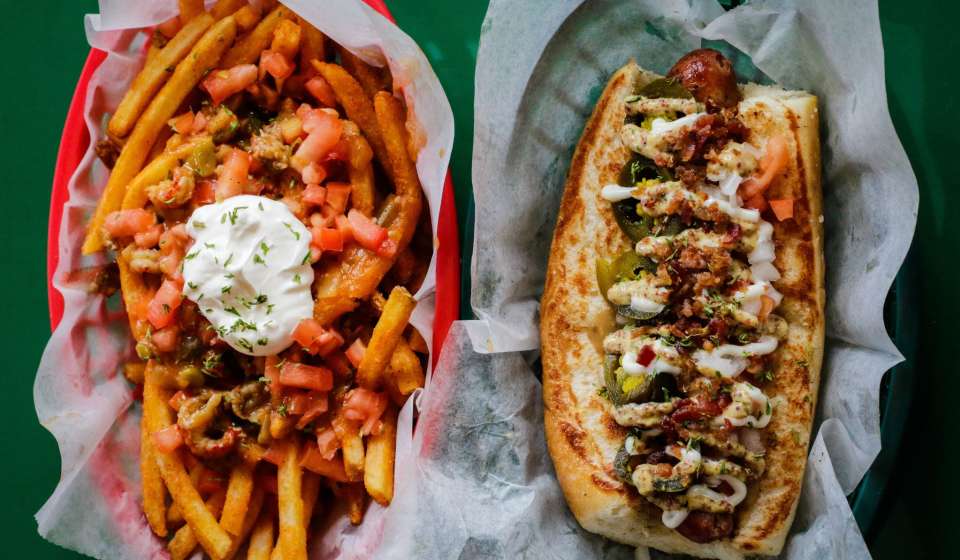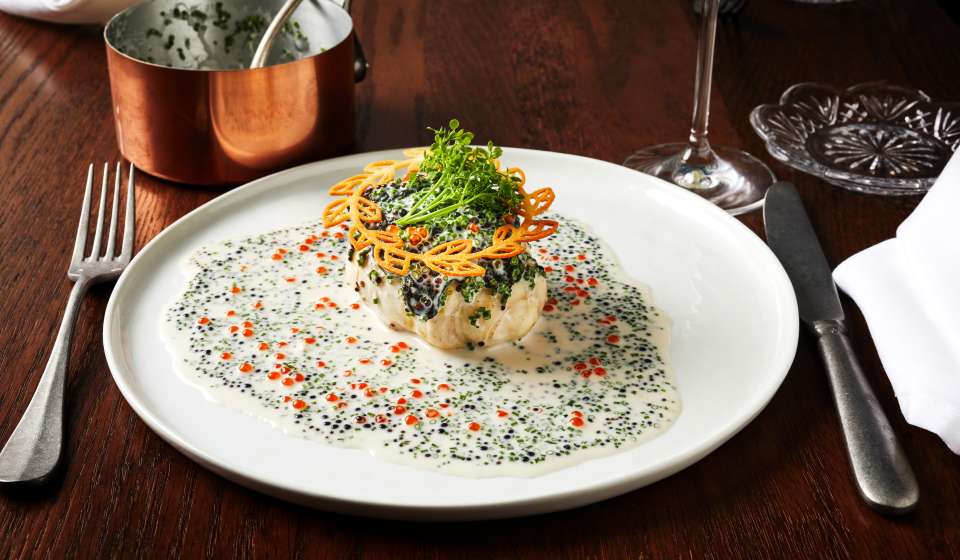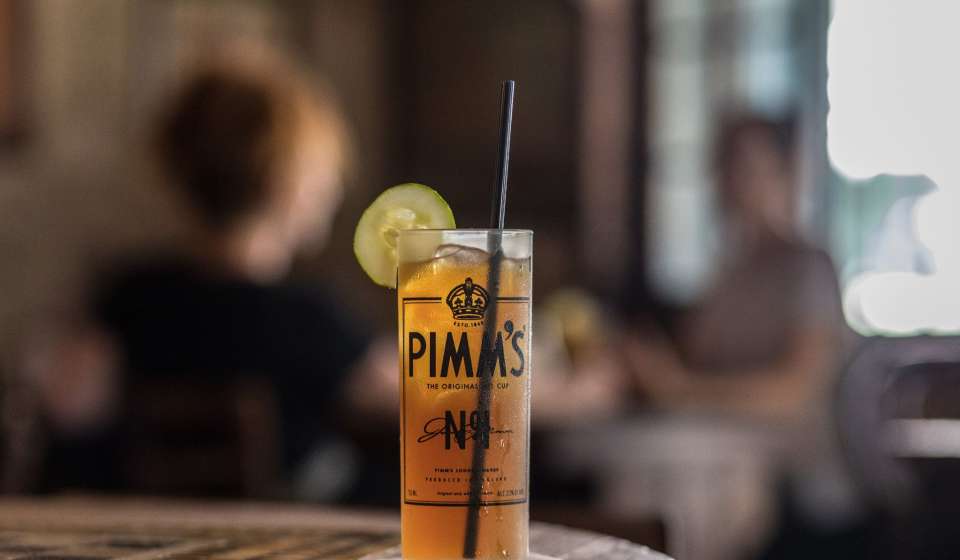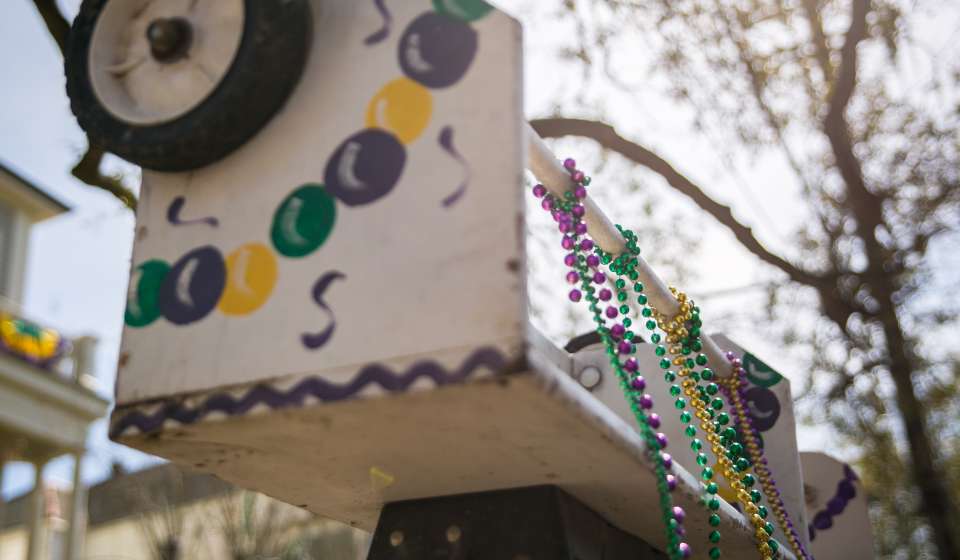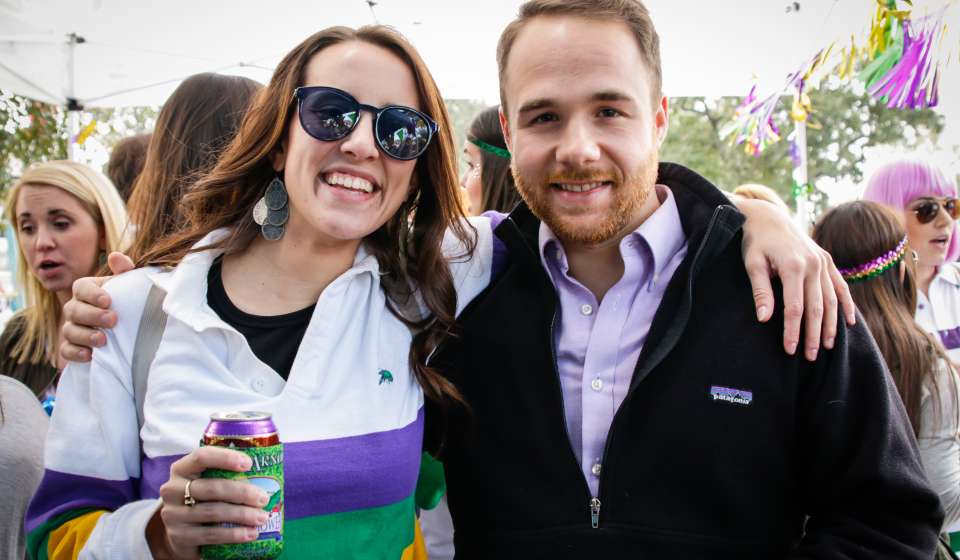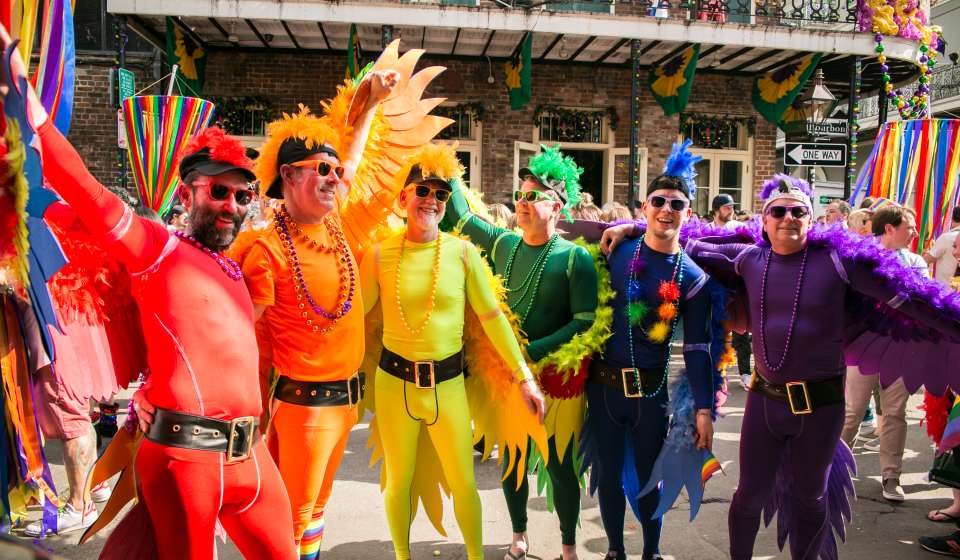
-
Wedding Tools
- Complimentary Planning Assistance
- Destination Wedding Guide Digital Copy
- Elopement Packages
- Marriage License & Legal Essentials
- Checklist
- Welcome Bag Ideas
- Second Lines
- The History of Wedding Umbrellas and More in New Orleans
- Wedding Cake Pulls
- Destination Wedding Guide Printed Copy
- Wedding Inspiration
-
Venues
-
Vendors
-
Pre & Post Wedding
- Wedding Inspiration
- Contact Us
-
Why New Orleans Is Built To Host
- Hotels
-
Meeting & Event Venues
-
Services & Planning Tools
-
Group PR & Marketing Tools
- Convention Calendar
- Testimonials
- Awards
-
Online RFP
- Availability Grid
- Contact Us
-
Things to Do
-
Eat
-
Drink
-
Stay
- Book a New Orleans Hotel
- Hotel Directory
- Bed And Breakfasts: Hotels - New Orleans & Company
-
Places To Stay: New Orleans Hotels - New Orleans & Company
- Saint Charles Avenue Hotels
- Luxury Hotels
- Garden District Hotels
- French Quarter Hotels and Lodging
- Downtown/Central Business District Hotels and Lodging
- Bourbon Street Hotels
- Green Hotels
- Bourbon Street Balcony Hotels - New Orleans & Company
- Haunted Hotels in New Orleans
- Pet-Friendly Hotels
- Historic Hotels
-
Calendar
-
Trip Planning Tools
- Insider's Blog
- LOVENOLA.TV 24/7 Broadcast
-
Weddings
-
Wedding Tools
- Complimentary Planning Assistance
- Destination Wedding Guide Digital Copy
- Elopement Packages
- Marriage License & Legal Essentials
- Checklist
- Welcome Bag Ideas
- Second Lines
- The History of Wedding Umbrellas and More in New Orleans
- Wedding Cake Pulls
- Destination Wedding Guide Printed Copy
- Wedding Inspiration
-
Venues
-
Vendors
-
Pre & Post Wedding
- Wedding Inspiration
- Contact Us
-
Wedding Tools
-
Meeting Planners
-
Why New Orleans Is Built To Host
- Hotels
-
Meeting & Event Venues
-
Services & Planning Tools
-
Group PR & Marketing Tools
- Convention Calendar
- Testimonials
- Awards
-
Online RFP
- Availability Grid
- Contact Us
-
Why New Orleans Is Built To Host
-
Groups
-
Travel Professionals
-
Membership
-
Press and Media
- Community
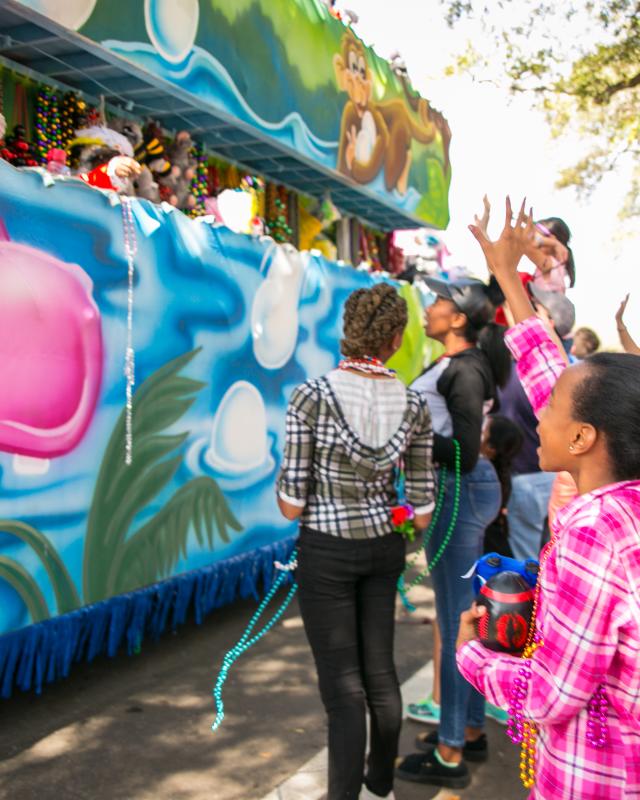

MARDI GRAS FAQS
Here’s the answer to questions you didn’t know you had
Is there anything richer than praline pecan cheesecake? Yes. The history and traditions of Mardi Gras in New Orleans. Let’s take a look behind the mask.
What’s the history of Mardi Gras in New Orleans?
Louisiana was founded by explorer Pierre Le Moyne D’Iberville on Mardi Gras Day 1699 and the party hasn’t stopped yet. Read more Carnival history here.
Why do the dates for Mardi Gras change every year?
Easter hops around and, therefore, so does Mardi Gras. Get the explanation here as well as the dates from now until 2027.
Is Mardi Gras a family-friendly event?
Kids make Mardi Gras and have the most fun of all -- maybe. Our recommendation for families is to hit the more family-friendly (and local) Uptown parade route along St. Charles Avenue.
What are the Mardi Gras Masking Indians?
Mardi Gras Indian tribes are among the most fascinating and mysterious of New Orleans' cultural phenomena. Read more here.
Why do I need to eat king cake?
King cake is what we eat during Carnival season (between Jan. 6th and Mardi Gras Day). Click here to learn about New Orleans king cakes, or here for some unusual king cakes you’ve got to try.
So what’s the deal with the ladders?
Families park their ladders along the parade routes so their children can see the parades and catch lots of beads and stuffed animals, and not get lost in the crowd.
Flambeaux, Lundi Gras, Throws, Doubloons ... what does it all mean?
It means fun! Click here to learn the lingo of Mardi Gras.
Why do krewe members in parades wear masks?
Masking became a tradition because, during early Carnivals, people put on masks to be able to mingle outside their class and keep their reputation untarnished. Float riders are required to wear masks by law in keeping with the mystery and tradition, and many krewes never reveal who their king or queen is.
Do I need tickets to Mardi Gras?
While you can buy tickets to some Mardi Gras Balls and for great seats in viewing stands around the city, most Mardi Gras events and all parades are free. That’s why it’s called “The greatest free show on Earth.”
Are there LGBT events during Mardi Gras?
It wouldn’t be Mardi Gras in New Orleans without the LGBT community. Check out our Guide to Gay Mardi Gras and the Bourbon Street Awards.
How should I dress for parades?
While some people decide to costume all the time, you’ll always be fine in jeans, a T-shirt, and close-toed shoes. Mardi Gras colors (purple, green, and gold) are encouraged. Click here for some inspiration.
What’s the weather like on Mardi Gras?
It’s can be warm, chilly, dry, or wet. Be prepared to wear layers, especially if you’re planning on catching both day and night parades. Also, if the weather has been rainy, waterproof footwear is a good idea. The parade route (especially on the neutral ground side) can get muddy.
What’s the best way to get around during Mardi Gras?
The fastest way to get around during Mardi Gras is on foot. The streetcars run during Mardi Gras season but those along parade routes have limited hours and routes. See here for more information about navigating Mardi Gras.
Where can I eat and drink along the parade route?
There are a ton of restaurants located along (or near) the parade routes. There are also a number of food stands that pop up during the season, including food trucks. Try these bars and restaurants along the parade route.
Is there restroom access along the parade routes?
Public port-a-potties are available for free or for a small fee all along the parade routes. Usually, businesses will allow you to use a restroom if you are a customer or pay a small fee as well. Use a port-a-potty or you’ll end up in a paddy wagon–public urination is illegal and Mardi Gras is no exception.
What should be on my Mardi Gras bucket list?
Lucky for you, we made one for you: Mardi Gras Bucket List.
How early should I book flights and hotels?
Uh, like NOW. Flights and hotels fill up very fast and get more expensive closer to the date.


